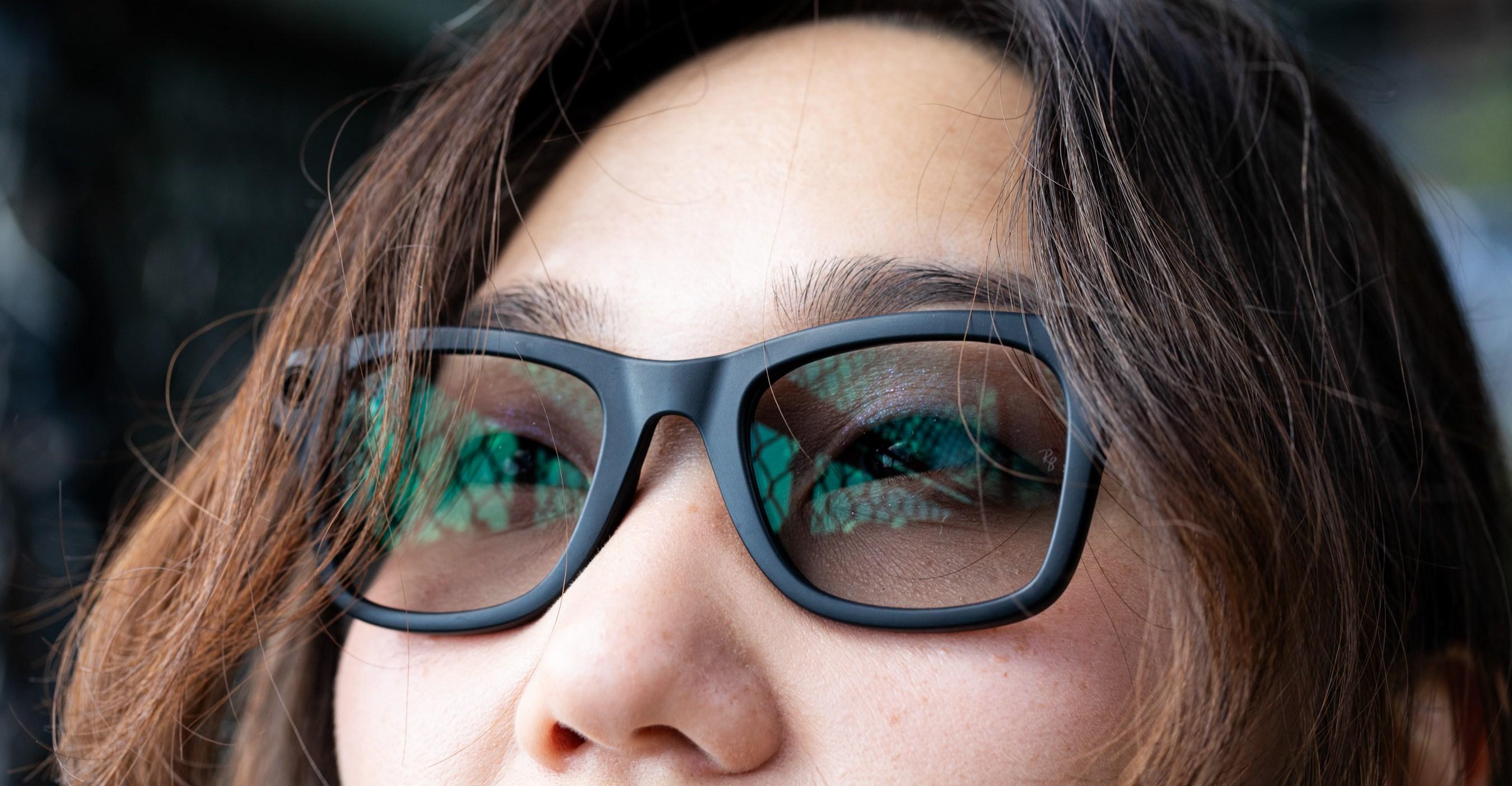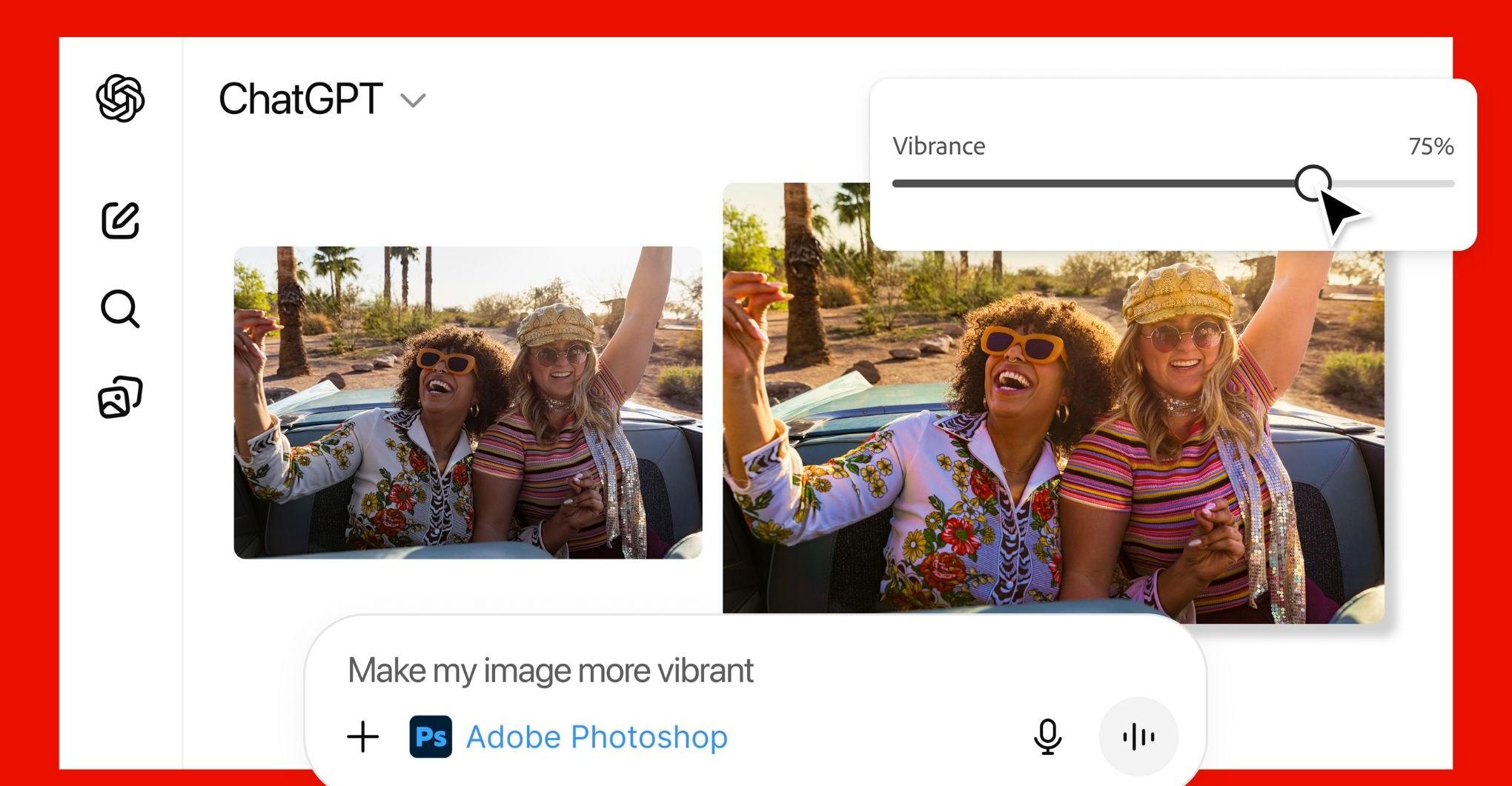Shortly before The Verge published its review of the Apple Vision Pro, I put it on to sit for some photos. The review unit had been fitted for our editor-in-chief Nilay Patel, but I’d worn it a few times as a guest and had a surprisingly good experience. That afternoon, though, I foolishly decided to skip the typical guest setup, which involves about a minute of calibration for the Vision Pro’s eye-tracking cameras. I put the thing on, and it didn’t work at all.
- Home
- Technology
- News
Why does Apple make it so hard to share the Vision Pro?
Apple’s $3,499 Vision Pro has potential as a shared entertainment or work device, but a lack of multiuser support is holding it back.


The Vision Pro’s cameras, I quickly realized, were expecting somebody else’s eyes. The cursor darted around wildly or refused to move. It wasn’t an unexpected outcome, but it drove home an inconvenient fact: not only would I need to go through the setup again, I’d need to do it every time I wanted to use the headset.
As The Verge has covered the Vision Pro’s release, we’ve run into multiple ways that Apple hamstrings device sharing, from not supporting multiple accounts to making the process of buying extra parts a pain. This isn’t just a computer you use alone, it’s apparently one you own alone — for reasons that seem unnecessary at best and user-unfriendly at worst.
Despite its solitary reputation, the Vision Pro has obvious multiuser appeal
To set the stage here, I want to make a slightly counterintuitive claim: the Vision Pro, despite its solitary reputation, feels built for sharing. In its bulky, expensive first-generation form, it isn’t something most people will want to wear or carry around all day. Its clearest use is either as a special-purpose tool for tasks like 3D design, or as a personal entertainment device, like a virtual TV set-top box or game console. These are exactly the kinds of products that might often be used by one person at a time, but tend to be owned across a household — or workplace — and frequently passed around.
The Vision Pro’s hardware facilitates this surprisingly well. Unlike some VR headsets, the device’s Solo Knit Band is adjusted with a single simple-to-use dial; there’s no need to change the sizing by readjusting awkward velcro straps. Changing the bands is also easy, if needed. It requires a light seal that’s fitted to your face — and there are a whopping 17 possible sizes — but that’s attached with a simple-to-swap magnetic snap. There’s even a simple biometric login option: the face-tracking cameras mounted inside.
It’s easy to imagine a world where this translates into making the Vision Pro more valuable as a multiuser device. Like a lot of people, I tend to share electronics — my criteria for a good entertainment device include whether my husband will use it, too. I don’t see myself wearing the Vision Pro all day for work, but I could imagine putting one on for a couple of hours to play VR / AR games, then handing it off so he can watch TV on a virtual big screen after I fall asleep. Yet the Vision Pro feels designed to undermine that fantasy at every turn.
The most obvious problem is the lack of multiple accounts or profiles. The Vision Pro allows precisely one person to have a permanent account tied to their Apple ID. That’s similar to the iPad and iPhone, but unlike nearly every other computing device in my household, from my Android phone to my MacBook to my husband’s humble Nintendo Switch. Even the Meta Quest system, which tied hardware to personal Facebook or Meta logins a few years ago, lets you swap between up to four accounts!
On the iPhone, the single-user setup is annoying for privacy and customization reasons, but makes a good deal of sense. The lack of multiple user support on the iPad makes far less sense — we have complained about it for years — but at least some iPads are relatively inexpensive.
This headset is $3,499 and only one person in a household can use it fully
The Vision Pro is $3,499 and only one person in your household can ever use it fully, which makes no sense at all. The privacy issues are technically there on the Vision Pro — letting anyone else use it without setting restrictions in guest mode grants them access to everything you’ve got on the headset, including your messages. But as my experience demonstrates, they may not even be able to use it well enough to get that far. You can start a guest session by holding the Vision Pro’s left-side hardware button for four seconds, but you can’t store a second user’s information so they can log in quickly next time without calibration. Basically, imagine if every time you passed an iPad to somebody else in your family, they had to spend a minute poking colored dots.
Then there’s the matter of getting an extra light seal. As I mentioned, I felt fine using a Vision Pro not fitted for me, but others have had problems. Verge product manager Parker Ortolani, for instance, found the Vision Pro with Nilay’s seal size too small and said it leaked light into his eyes. An extra seal costs $199, and you can only buy it one of two ways: ordering online and scanning your face with a Face ID-equipped iOS device, or going in person to an Apple Store and getting a scan done there. Verge video director Owen Grove tried the latter, and his experience wasn’t great.
“I needed to set up an appointment for [a] demo I didn’t want to just buy an extra light seal,” Owen told me. He’d called beforehand to confirm the seals’ availability, only to discover after the half-hour demo that most were sold out, including his size, which the store told him to buy online instead. In general, not being able to simply buy a few different sizes and figure out what works best is inherently limiting for a single user — and makes it almost impossible to share with a few people in a family or workplace.
Things get even more complicated if one or more potential users wears glasses, although this feels like more of an inherent inconvenience than a deliberate roadblock. The Vision Pro uses Zeiss-made prescription lens inserts, which require initial pairing with a passcode stored in Apple’s Health app or a physical card. On the bright side, the interface lets you store multiple lens pairings, so it doesn’t seem like you have to do this every time.
Some of these annoyances might get ironed out over time, as Apple has removed other awkward Vision Pro design quirks with software updates. The company is clearly trying to familiarize people with a new class of computer, and right now that means controlling the experience as closely as possible. If the Vision Pro sees any level of success, things like the demo requirement could fade away. Apple may roll out more options specifically for business or education customers, too, like the Shared iPad feature that allows for some multiuser support.
But Apple has also held fast to the idea that its devices are made for just one person, and with the Vision Pro, it can enforce that idea in ways it couldn’t before. Even as the hardware gets cheaper and more streamlined, it could easily insist on a fundamentally single-user experience — and that’s a shame, when the Vision Pro seems built for so much more.
NHL board of governors eager to see more 'color vs. color' jersey matchups
- 19 hours ago
Pakistan aims to become model in digital assets regulation: Bilal saqib
- 13 hours ago

Pakistan condemns attack on UNISFA in Kadugli, Sudan
- 13 hours ago
Sources: Rangers address needs with 3 signings
- 19 hours ago
Diaz picked Dodgers because 'I'm looking to win'
- 19 hours ago
Australian PM declares Sydney shooting a ‘terrorist’ attack targeting Jews
- 13 hours ago
Jays president Shapiro given new 5-year deal
- 19 hours ago
Security forces kill 13 Khwarij in two separate engagements in KP: ISPR
- 14 hours ago
Under-19 Asia Cup: India beat Pakistan by 90 runs
- 13 hours ago
Source: Gray, Nats reach deal to avoid arbitration
- 19 hours ago

How do you know if you’re wasting your life?
- 5 hours ago
Bondi Beach shooting: Australia hails ‘hero’ Ahmed who stopped gunman
- 13 hours ago













